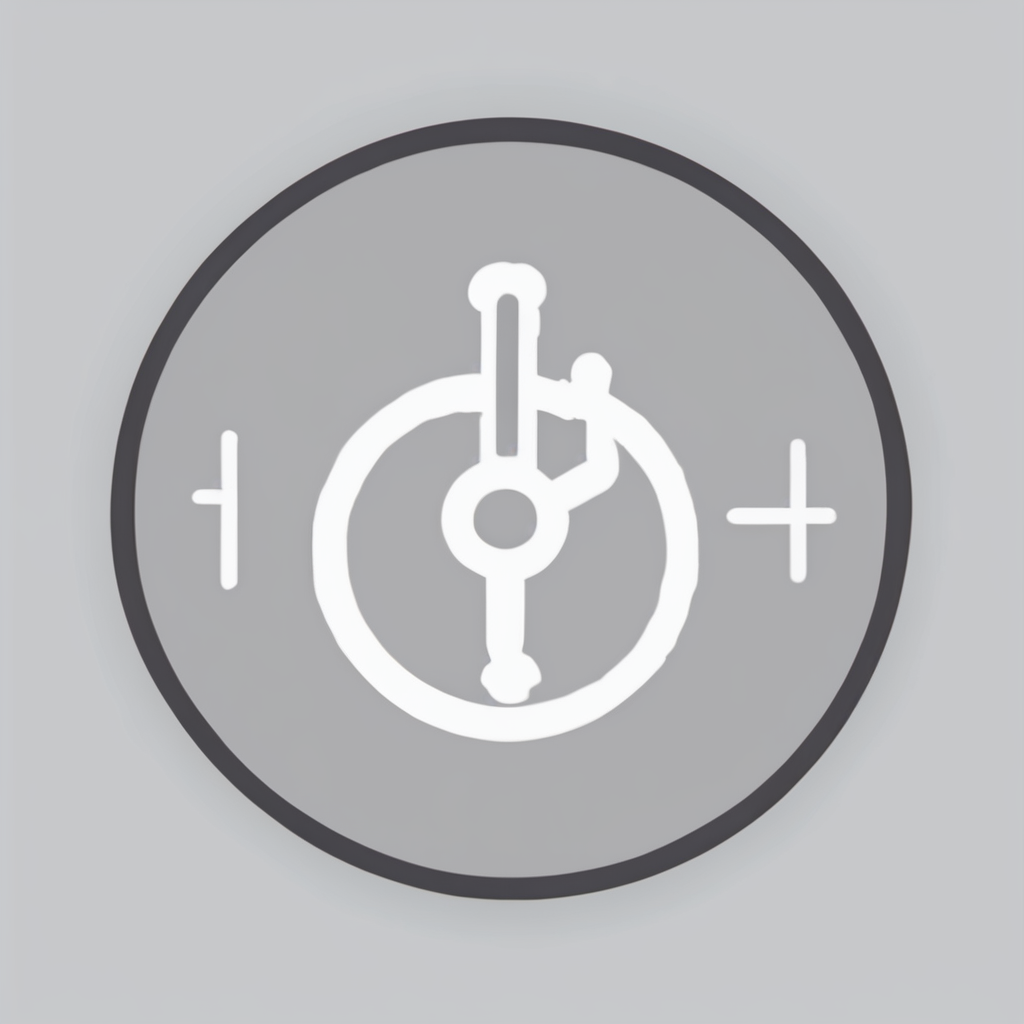Daily Habits That Support Senior Health
Maintaining senior health optimization starts with establishing healthy daily routines for seniors that are both achievable and effective. One fundamental habit is incorporating gentle physical activity into each day. Activities like walking, stretching, or chair exercises improve circulation, enhance mobility, and support mental wellbeing without causing strain.
Nutrition also plays a pivotal role. Seniors can adopt simple, practical health tips by focusing on balanced meals rich in vegetables, lean proteins, and whole grains. Easy strategies include preparing smaller, nutrient-dense meals and avoiding excessive processed foods. This approach ensures essential vitamins and minerals are consumed consistently, promoting sustained energy and immunity.
Also to read : How can mindfulness practices benefit the mental health of seniors?
Another cornerstone of senior health optimization is regular hydration. Encouraging seniors to drink water steadily throughout the day helps prevent dehydration, which can cause dizziness or confusion. Setting reminders or associating water intake with routine activities—like meal times—can make hydration an effortless habit.
By embedding these practical health tips for seniors into their day-to-day lives, they can enjoy enhanced vitality and well-being well into later years. These manageable steps form a solid foundation for long-term health benefits and improved quality of life.
Also to see : What are the best social activities for seniors in the UK to stay connected?
Building a Balanced Day for Seniors
Creating a seniors daily schedule that promotes well-being involves a thoughtful mix of activity and rest, tailored to individual needs. A structured senior routine might begin with a gentle morning stretch or light exercise to boost circulation and mental alertness. Following this, a nutritious breakfast supports sustained energy. Mid-morning can include leisure activities or social interaction, fostering emotional health.
In the afternoon, organizing low-impact activities like walking or hobbies fits well between scheduled rest periods. These breaks prevent fatigue and help maintain optimal energy levels. Evening routines should focus on relaxation and winding down, such as reading or meditation, preparing the body for restful sleep.
A senior self-care checklist is essential to ensure all health aspects are addressed without overexertion. For those with mobility or health limitations, adapting routines is crucial—this might mean seated exercises or shorter activity bursts, always respecting comfort and safety. Balancing movement with rest ensures seniors maintain independence while enhancing quality of life.
With this approach, seniors can enjoy a day structured around wellness and adaptability, promoting both physical and emotional health.
Hydration and Nutrition Made Easy
Simple steps to support healthy eating for seniors
Maintaining proper hydration and nutrition is crucial for seniors to sustain energy, support immunity, and prevent common health issues. For those seeking healthy eating for seniors, easy meal planning is a practical starting point. Focus on nutrient-rich foods that are simple to prepare—think soft fruits, cooked vegetables, whole grains, and lean proteins. These options provide essential vitamins and minerals without overwhelming cooking demands.
Hydration tips for seniors are equally important because the sense of thirst often diminishes with age. Setting reminders or using water bottles with time markers can encourage regular fluid intake throughout the day. Herbal teas or diluted fruit juices serve as flavorful alternatives for those less keen on plain water.
Nutritional supplements may become necessary if dietary intake falls short or specific deficiencies are identified by healthcare providers. Always consult a professional before adding supplements to ensure they meet individual health needs. Simplifying simple nutrition for elderly individuals can improve compliance and health outcomes significantly.
Safe and Accessible Exercise Options
When exploring exercise for seniors, it’s essential to focus on options that prioritize safety and accessibility. Safe senior workouts often incorporate gentle movements that accommodate varying mobility levels, ensuring everyone can participate comfortably.
Walking, for example, stands out as a simple yet effective way to promote daily physical activity elderly can maintain without strain. It improves cardiovascular health, boosts mood, and supports joint flexibility. Similarly, stretching routines enhance range of motion and reduce stiffness, which is particularly beneficial for those with limited mobility.
Strength exercises are another valuable component of exercise for seniors, designed to build muscle mass and improve balance, which helps prevent falls. These workouts can be modified with light weights or resistance bands tailored to individual capabilities.
Adapting exercises to personal comfort is crucial. For instance, chair-based workouts provide an excellent alternative for seniors needing additional support. Ensuring movements are performed slowly and steadily helps maintain safety while maximizing benefits.
By choosing personalized, safe senior workouts, elderly individuals can confidently engage in daily physical activity that supports overall health and well-being.
Restful Sleep and Recovery Practices
Quality sleep hygiene for seniors is crucial for improving senior sleep. Establishing a calming bedtime routine helps signal the body to wind down. Simple actions like dimming lights, avoiding screens, and gentle stretching can ease the transition to rest. Consistency in sleep and wake times also supports the body’s natural rhythms.
Common sleep challenges, such as frequent awakenings or difficulty falling asleep, often affect older adults. Addressing these involves minimizing daytime napping, reducing caffeine intake late in the day, and creating a quiet, comfortable sleep environment. If restlessness persists, consulting a healthcare professional is beneficial for tailored solutions.
Improving senior sleep has a direct impact on overall health. Better sleep strengthens the immune system, supports cognitive function, and improves mood. The elderly can enjoy enhanced recovery from daily activities, reduced risk of chronic illnesses, and increased daytime alertness. Prioritizing these sleep tips for elderly not only fosters rest but also promotes a healthier, more vibrant life.
Social Interaction and Mental Well-being
Maintaining senior mental health depends significantly on active social engagement. Regular contact with friends, family, and community members fosters a sense of belonging and combats feelings of isolation common among older adults. Social activities for seniors can range from group exercises to book clubs, all promoting emotional well-being in the elderly by stimulating meaningful conversations and laughter.
Engaging in hobbies or purposeful daily tasks not only provides structure but also enhances cognitive function. Activities like gardening, painting, or volunteering encourage mental stimulation and emotional satisfaction. These interactions enrich the emotional well-being elderly individuals experience, reducing risks of depression and cognitive decline.
Incorporating social activities for seniors is essential because isolation can negatively impact both physical and mental health. Encouraging regular group participation can improve mood, memory, and overall life satisfaction. With thoughtful planning, seniors can build networks that bolster senior mental health, ensuring a more fulfilling daily experience.
By prioritizing social engagement and purposeful activities, families and caregivers can positively influence the emotional and cognitive health of elderly loved ones. The benefits go beyond companionship, directly enhancing overall mental well-being.
Safety Considerations in Daily Habits
Ensuring senior safety requires thoughtful attention to daily routines.
Creating an accessible home environment is foundational. Clear walkways, secure rugs, and adequate lighting reduce trip hazards. Incorporate fall prevention tips for seniors such as installing grab bars near toilets and in showers. These simple modifications create safer spaces, enabling confidence in movement.
Adjusting daily habits also plays a key role. Encourage seniors to wear supportive, non-slip footwear indoors. Establishing routines that minimize rushing—especially during transfers or stair use—helps prevent sudden slips. Keep items within easy reach to avoid unnecessary stretching or bending, which can lead to imbalance.
Recognizing when to consult caregivers or healthcare professionals is equally important. After a fall or near-fall incident, seeking professional assessment can identify underlying issues like balance problems or medication side effects. Regular check-ins with occupational therapists or physical therapists can tailor prevention strategies to evolving needs.
Implementing these accessible home routines and precautions together enhances senior safety by addressing both environmental and behavioral risk factors comprehensively.
Choosing the Right Robot Hoover for Your Home
Selecting the best robot hoover involves understanding your home’s unique needs. Robot hoovers excel in maintaining cleanliness with minimal effort, but features vary widely. Consider floor types: some models work flawlessly on hardwood and tile, while others handle carpets better. For example, a robot hoover designed with powerful suction and specialized brushes is ideal for pet hair and thick rugs.
Battery life matters. Longer runtimes allow larger areas to be cleaned in one session, reducing the need for frequent charging. Navigational accuracy ensures systematic coverage—robots using advanced sensors or mapping technology clean efficiently without missing spots or repeating areas.
Noise level is important, especially in small or open-plan homes. Look for quieter models if noise concerns you. Many robot hoovers come with scheduling and smart app controls, letting you program cleaning sessions and monitor progress from your phone.
When choosing a robot hoover, prioritize features that match your cleaning routines and floor types. This ensures a practical, efficient cleaning experience tailored to your lifestyle, helping maintain a consistently clean home with minimal effort.



